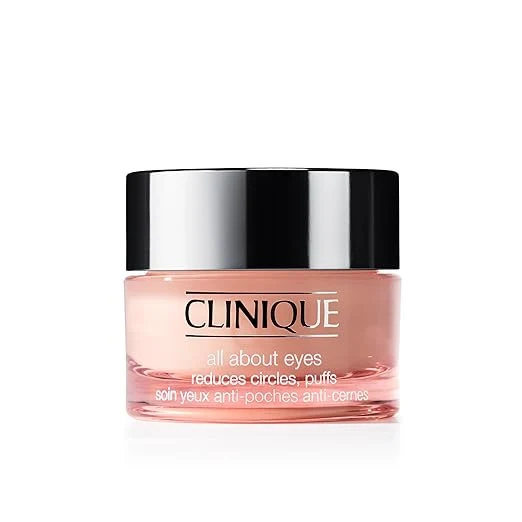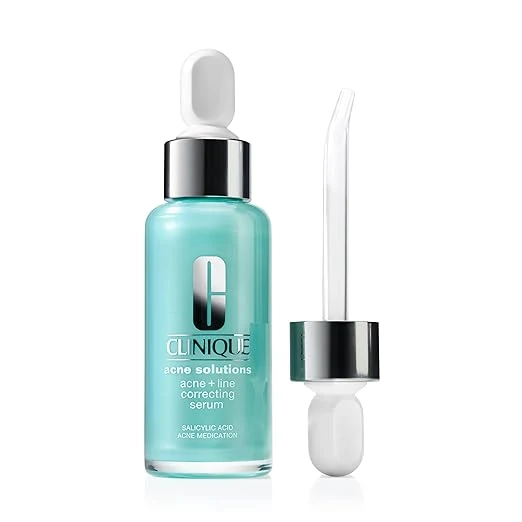In the vast landscape of online marketing, one strategy stands out for its effectiveness and potential for high returns: niche blogging combined with Amazon affiliate marketing. This powerful combination allows bloggers to focus on a specific audience segment and tailor their content and product recommendations accordingly, leading to higher conversion rates and increased revenue. In this comprehensive guide, we'll delve into the intricacies of niche blogging and explore how you can leverage the Amazon affiliate program to dominate your chosen niche.

Understanding the Essence of Niche Blogging
Before we dive into the specifics of Amazon affiliate marketing, let's first understand what niche blogging is and why it's such a potent strategy. Niche blogging involves creating content focused on a narrow topic or audience segment. Instead of targeting a broad audience, niche bloggers concentrate on serving the needs and interests of a particular group of people who share common traits, passions, or problems.
The beauty of niche blogging lies in its ability to establish authority and credibility within a specific niche. By consistently delivering high-quality content that addresses the unique concerns of your target audience, you can position yourself as an expert in your field and build a loyal following of readers who trust your recommendations.
Choosing the Right Niche
The key to successful niche blogging is selecting the right niche—one that aligns with your interests, expertise, and the needs of your target audience. Here are some factors to consider when choosing a niche for your blog:
Passion and Knowledge: Choose a niche that you're passionate about and have some level of expertise in. Your enthusiasm for the topic will shine through in your content and help you stay motivated during the blogging journey.
Audience Demand: Research the demand for your chosen niche by exploring online forums, social media groups, and keyword research tools. Look for niches with a sizable audience and a demonstrated interest in the topics you plan to cover.
Profitability: Assess the potential profitability of your niche by examining the products and services available for promotion. Are there enough affiliate programs, including the Amazon affiliate program, that offer relevant products to your audience? Evaluate the earning potential based on the average commission rates and the volume of sales in your niche.
Competition: Analyze the level of competition in your chosen niche. While some competition is healthy and indicates a viable market, too much competition may make it challenging to stand out. Look for niches where you can carve out a unique angle or cater to underserved sub-niches.
Once you've identified a promising niche, it's time to create your niche blog and start producing content that resonates with your target audience.

Building Your Niche Blog
Setting up a niche blog is relatively straightforward, thanks to user-friendly platforms like WordPress. Follow these steps to get started:
Choose a Domain Name: Select a domain name that reflects your niche and is easy to remember. Aim for a name that is relevant, brandable, and preferably includes your primary keywords.
Select a Web Hosting Provider: Sign up with a reputable web hosting provider that offers reliable services and good customer support. Compare hosting plans and choose one that meets your needs and budget.
Install WordPress: Most web hosting providers offer one-click WordPress installation, making it easy to set up your blog. Follow the on-screen instructions to install WordPress on your domain.
Choose a Theme: Select a WordPress theme that complements your niche and provides the design and features you desire. There are many free and premium themes available, so take your time to find one that suits your style.
Customize Your Site: Personalize your blog by customizing the theme, adding your logo and branding elements, and configuring essential settings such as permalinks and site title.
Install Essential Plugins: Enhance the functionality of your blog by installing essential WordPress plugins. Consider plugins for SEO optimization, social sharing, contact forms, and performance optimization.
With your niche blog set up, it's time to start creating content that attracts your target audience and drives traffic to your site.
Creating Compelling Content
Content is the backbone of any successful niche blog. To engage your audience and establish your authority in your niche, focus on creating high-quality, informative, and valuable content that addresses their needs and interests. Here are some content ideas to inspire your blogging efforts:
Educational Guides and Tutorials: Share in-depth guides, tutorials, and how-to articles that help your audience solve specific problems or learn new skills related to your niche.
Product Reviews and Recommendations: Write detailed reviews of products and services relevant to your niche, including those available on Amazon. Provide honest assessments, highlight the benefits, and include affiliate links to earn commissions on sales.
Listicles and Roundup Posts: Compile lists of resources, tools, or products that cater to your audience's preferences or interests. For example, "Top 10 Must-Have Gadgets for Tech Enthusiasts" or "5 Essential Ingredients for Vegan Cooking."
Case Studies and Success Stories: Share real-life examples, case studies, or success stories that illustrate how others have achieved desirable outcomes in your niche. These stories can inspire and motivate your audience while showcasing the effectiveness of certain products or strategies.

Interviews and Expert Roundups: Conduct interviews with industry experts, influencers, or successful individuals within your niche. Alternatively, compile insights and opinions from multiple experts into a single roundup post.
Content Curation and Aggregation: Curate relevant content from other sources and share it with your audience, adding your commentary or insights to provide value. Be sure to give proper attribution to the original creators.
FAQs and Q&A Sessions: Address common questions and concerns that your audience may have through dedicated FAQ pages or Q&A sessions where you invite readers to submit their queries.
When creating content for your niche blog, prioritize quality over quantity. Consistently produce well-researched, engaging, and actionable content that resonates with your audience and encourages them to return to your site for more.
Optimizing for Search Engines
To attract organic traffic to your niche blog and improve its visibility in search engine results, you need to implement effective search engine optimization (SEO) strategies. Here are some essential SEO practices to incorporate into your blogging routine:
Keyword Research: Identify relevant keywords and phrases that your target audience is likely to use when searching for information related to your niche. Use keyword research tools like Google Keyword Planner, SEMrush, or Ahrefs to discover high-volume keywords with manageable competition.
On-Page Optimization: Optimize your blog posts for target keywords by incorporating them naturally into your titles, headings, meta descriptions, and body content. Ensure your content is well-structured, easy to read, and provides value to readers.
Quality Backlinks: Build quality backlinks from reputable websites within your niche to improve your blog's authority and credibility in the eyes of search engines. Seek opportunities for guest blogging, influencer collaborations, or participation in industry forums and communities.
Mobile-Friendly Design: Ensure your blog is optimized for mobile devices to provide a seamless browsing experience for mobile users. Use responsive design techniques and test your site across various devices and screen sizes.
Site Speed Optimization: Improve your blog's loading speed to enhance user experience and satisfy search engine algorithms. Compress images, minify CSS and JavaScript files, and
CLICK HERE FOR MORE
Comments
Post a Comment